If you’re reading this, chances are you’ve felt the grating annoyance of intrusive noise wafting into your spaces from the outside world. For many homeowners and podcast professionals, sound pollution is an unwelcome reality. One of the common culprits?
Noisy air vents. While vents are essential for ventilation, if left unchecked, they can be gateways for noise. Enter soundproof vent covers, the unsung heroes of urban tranquility. Let’s dive deep into understanding this marvel of modern living.
Contents
The Basics of Soundproofing Vents
We’ve all felt the disturbance, but understanding the science behind it can offer a deeper insight into why soundproofing air vents is essential.
Understanding Sound Waves And Transmission

Image by kjpargeter on Freepik
Every time someone honks a car horn or your neighbor decides to mow their lawn at 7 a.m., sound waves are produced. But what exactly are these waves, and why do they seem to find their way so effortlessly into our homes via air vent noise reduction?
Basics Of Sound Waves And Their Behavior
Sound waves are essentially energy that moves through substances in longitudinal waves. These waves move by compressing and expanding the substance they’re traveling through, whether it’s air, water, or solid material.
The loudness of a sound is determined by its amplitude, while the pitch is determined by its frequency. This makes sounds unique and distinguishable. However, while some sounds are delightful, others are downright disruptive, especially when entering through HVAC air vents.
How Vents Can Act As Sound Conduits?
HVAC vents, although crucial for air conditioning, aren’t typically designed to block sound. This makes them efficient channels for noise, allowing the disturbances of bustling streets or chatty neighbors to stream directly into our homes through the HVAC system. The hollow structure of air ducts and vents can even amplify some frequencies, making the noise more pronounced.
Key Components Of A Soundproof Vent Cover
Ever wondered what makes a vent cover “soundproof”? Let’s unveil the magic of the air vent sound maze.
Materials Commonly Used
When it comes to soundproofing, the sound-absorbing material truly makes all the difference. Not just any material will cut it. It has to be dense and thick enough to effectively block, absorb, or deflect sound waves. Here are the commonly used materials in soundproof vent covers:
- Acoustic Foam: This isn’t just any regular foam. Acoustic foam has a distinct, porous structure, which allows it to trap sound waves. By trapping these waves, it reduces the amount of sound reflection in a room. It’s lightweight, which makes it a favored choice for many homeowners.
- Mass-loaded Vinyl (MLV): This is a dense yet flexible material, almost like a weighted blanket for your vent. Its high mass allows it to be especially effective at blocking airborne noise. MLV is often found sandwiched between layers of other materials to enhance its sound-blocking capacity.
- Polymer Barriers: These barriers are often used in tandem with other materials. They are incredibly dense, making them great for both soundproofing and thermal insulation.
- Resilient Channels: Not a material per se, but these metal channels are crucial in the world of soundproofing. They help in decoupling, which means they prevent sound waves from traveling through solid structures by creating a barrier.
Design Features That Enhance Soundproofing
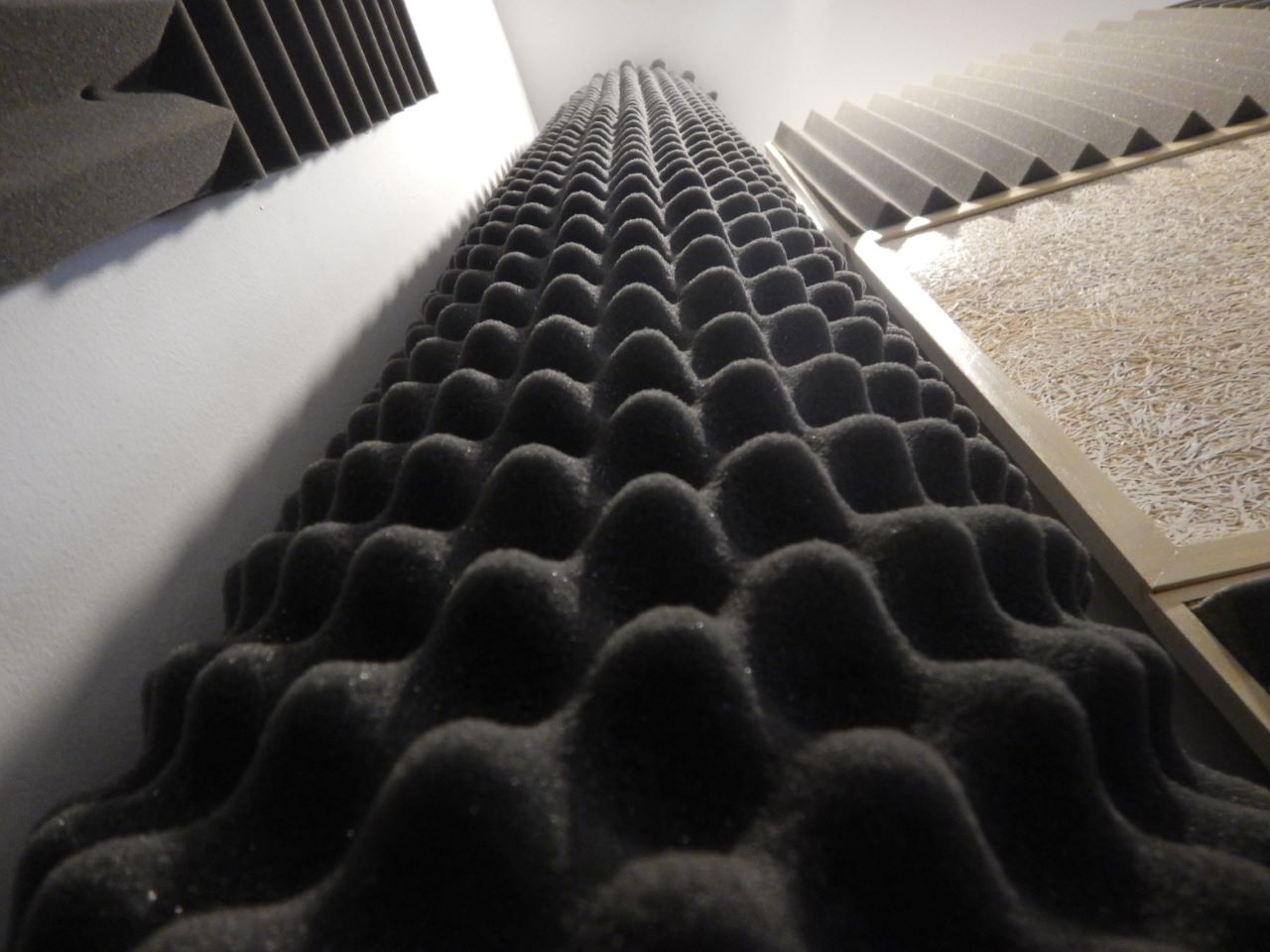
Image by sid4rtproduction on Freepik
The design of a soundproof vent cover can be just as critical as the material it’s made from. Even if you have the most soundproof material in the world, a poor design can render it ineffective. Here are some design considerations:
- Multi-layered Designs: This is where materials like acoustic foam and MLV shine brightest. A multi-layered design means that sound waves have to pass through multiple barriers before they can enter a space. Each barrier weakens and distorts the sound wave, reducing the noise that ultimately passes through.
- Seals and Gaskets: The best soundproof design will fall short if there are gaps or spaces for sound to seep through. That’s where seals and gaskets come in. These ensure that once the vent cover is in place, there’s no space left uncovered. By creating an airtight seal, these components ensure that the only thing passing through your vents is air.
- Damping Compounds: Incorporated within the design, these compounds convert sound energy into heat energy. By transforming the energy form, it neutralizes the impact of sound waves, making your space quieter.
- Decoupling: Remember the resilient channels we talked about earlier? They’re essential for a decoupling design. Decoupling ensures that there’s a break or a ‘gap’ in the pathway sound waves might take. By ensuring that parts of the vent cover don’t directly touch others (like the wall or the ceiling), sound transmission is greatly reduced.
- Absorptive Rear Cavities: This feature is often overlooked but is instrumental in combating low-frequency noises. A rear cavity in a soundproof vent cover design helps trap these stubborn sound waves, absorbing them before they can disrupt your peace.
Now that you’re acquainted with the prime materials and design features, choosing a soundproof vent cover becomes a more informed process. Remember, the synergy of the right material paired with an efficient design can make all the difference in crafting a serene indoor environment.
Benefits Of Soundproof Vent Covers
Beyond the obvious advantage of reducing noise, soundproof vent covers bring a slew of other benefits to the table.
Enhanced Privacy
With soundproof vent covers, what happens in your home stays in your home. These covers ensure that your personal conversations, those secret karaoke sessions, or even just your favorite movie’s dialogue don’t echo into adjacent spaces or apartments.
Improved Sleep Quality
Multiple studies have indicated that noise pollution can drastically affect sleep quality. With a soundproof vent cover, those disturbing late-night car alarms or early-morning construction noises can be kept at bay, ensuring you get the restful sleep you deserve.
Increase In Property Value
For potential homebuyers or tenants, a noise-free environment can be a huge selling point. By investing in soundproofing, you’re not just making your space more comfortable but also potentially increasing its market value.
Energy Efficiency
Soundproof vent covers can double up as insulators, preventing heat or cold air from escaping. This means your heating or cooling systems won’t have to work as hard, leading to potential savings on your energy bills.
Aesthetic Appeal
Modern soundproof vent covers aren’t just functional; they’re designed to be sleek and aesthetically pleasing. They can seamlessly integrate with your interiors, ensuring no compromise on style.
Choosing The Right Soundproof Vent Cover
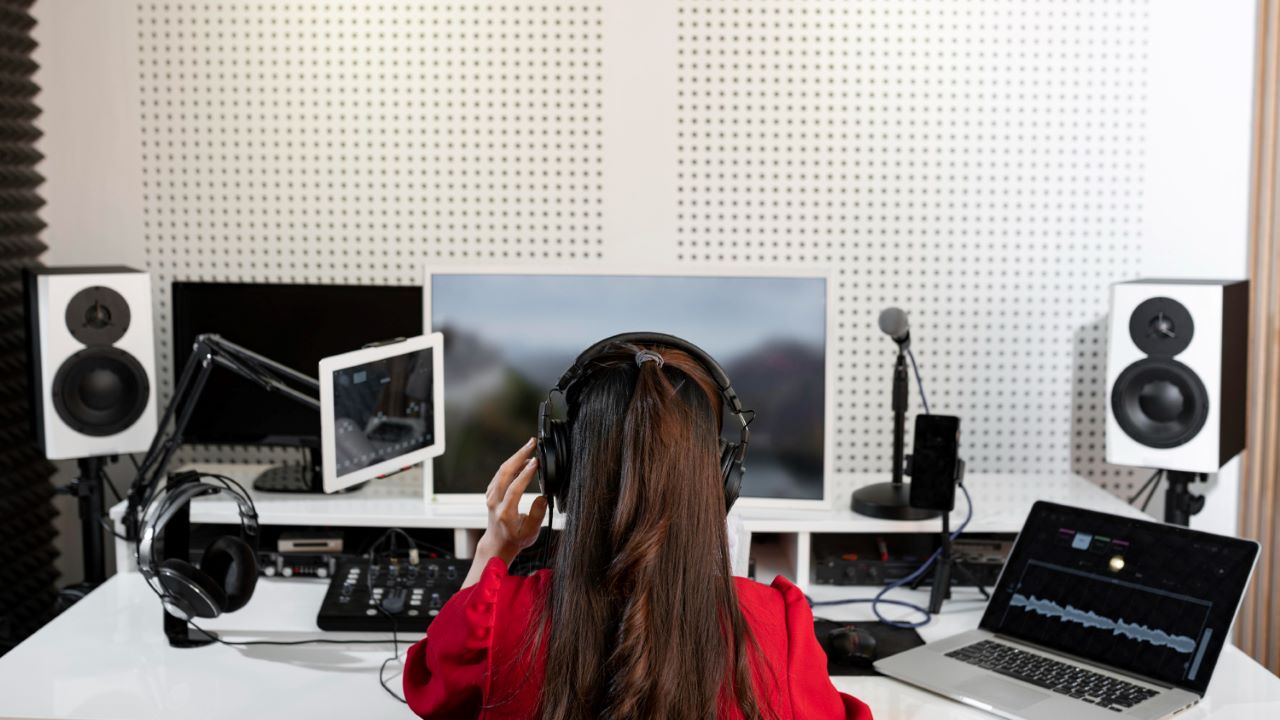
Image by Freepik
Selecting the ideal soundproof vent cover is more than just a trip to the store. It involves understanding your specific needs, familiarizing yourself with the materials and design features available, and considering the aesthetic appeal of the cover relative to your home’s design. Here’s a comprehensive guide to help you navigate through the selection process:
Assessing Your Noise Level
Before diving into vent cover options, it’s essential to gauge the level and type of noise you’re dealing with.
- Type of Noise: Is it airborne (like conversations or music) or impact noise (like footsteps or slamming doors)? Different covers might cater more effectively to different types of noise.
- Intensity: A busy street might require a more robust soundproofing solution than a quiet suburban lane. Consider using a sound meter to measure decibels if you’re unsure.
Sizing And Fit
An ill-fitting vent cover, no matter how well-designed, will have gaps that compromise its efficiency.
- Ensure you take precise measurements of your vents. Typically, measurements should be taken from the inside edges to get an accurate fit.
- Remember, some vent covers may require a slightly larger or smaller size than the vent itself for the best performance, so always check manufacturer recommendations.
Material Composition
As previously discussed, the material is the crux of soundproofing. While some materials are better for absorbing sound, others excel at blocking it.
- Acoustic Foam: Best for spaces that not only require soundproofing but also sound quality enhancement.
- Mass-loaded Vinyl: Ideal for heavy-duty soundproofing in noisy areas.
Design Intricacies
The design of a vent cover plays a pivotal role in its soundproofing capability.
- Multi-layered Designs: These are suitable for areas with varying types of noise, as they provide multiple barriers.
- Seals and Gaskets: Essential for ensuring there are no gaps where noise can creep in.
Aesthetic Considerations
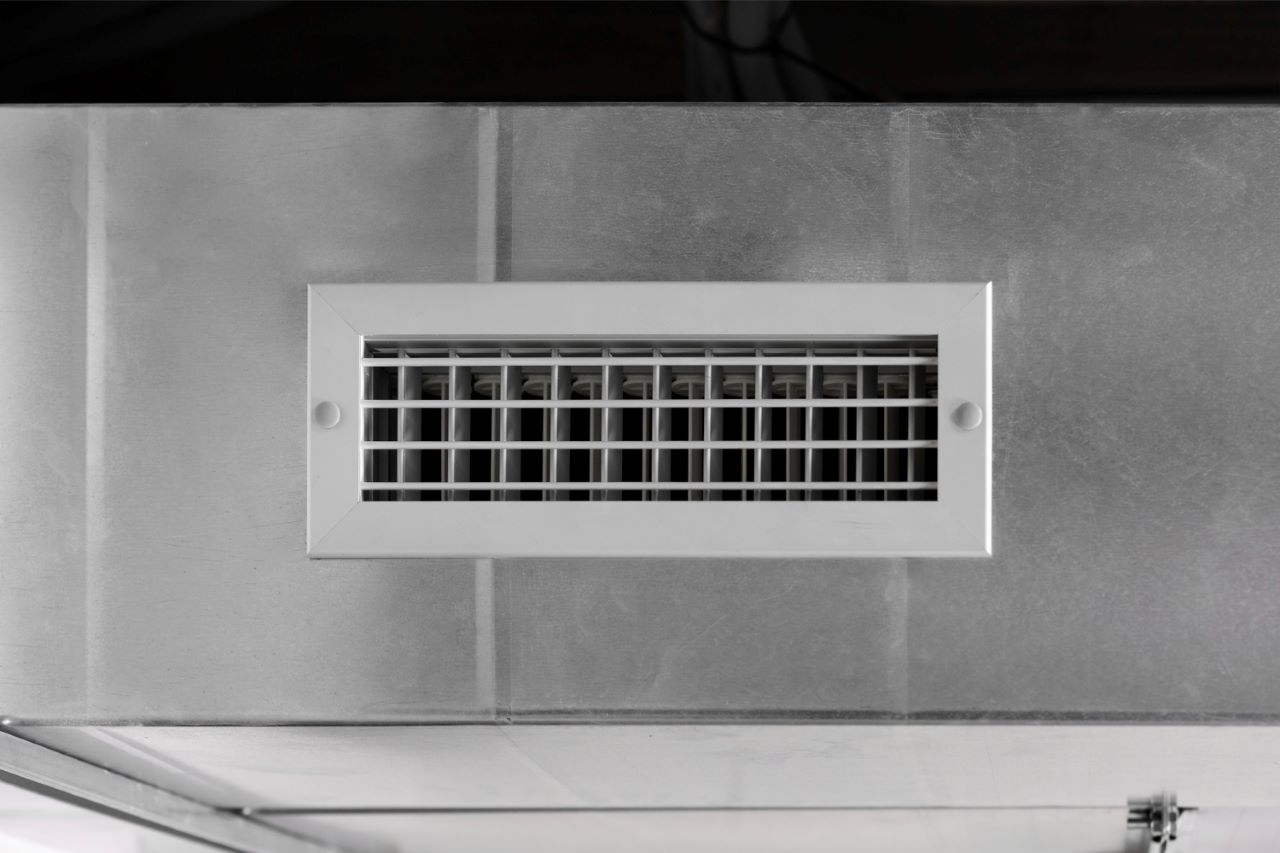
Image by Freepik
Your vent cover doesn’t just need to be functional; it can be stylish, too.
- Think about the look you want. Modern designs come in various finishes, from matte to glossy, and in numerous colors.
- Consider custom designs that can blend seamlessly with your interiors or become a feature in their own right.
Installation Procedures
While some vent covers are easy DIY projects, others might require professional hands.
- Evaluate the complexity of the installation. Does it require tools or additional materials?
- Consider professional installation if the process seems too intricate or if the cover is heavy.
Cost Implications
Price is always a consideration. While you shouldn’t compromise on quality, you also don’t need to break the bank.
- Set a realistic budget. Remember, sometimes, an initial investment can lead to long-term benefits, like reduced energy bills.
- Compare prices among different brands and models. Look out for discounts or deals, but ensure you’re not compromising on quality.
User Reviews And Brand Reputation
Real-world insights can be invaluable.
- Dive into user reviews. They can offer insights into durability, effectiveness, and any potential issues.
- Consider brands known for their soundproofing products. A good brand reputation often equates to reliable and effective products.
With these considerations in mind, you’re well-equipped to find the soundproof vent cover that’s perfect for your needs. Remember, it’s not just about blocking noise but enhancing the comfort and value of your living space.
DIY vs. Professional Installation
Selecting a soundproof vent cover is just the first step; installing it correctly is equally vital. Deciding between a DIY approach and hiring professionals is a choice many homeowners grapple with. Let’s delve into the intricacies of both:
Understanding The DIY Appeal
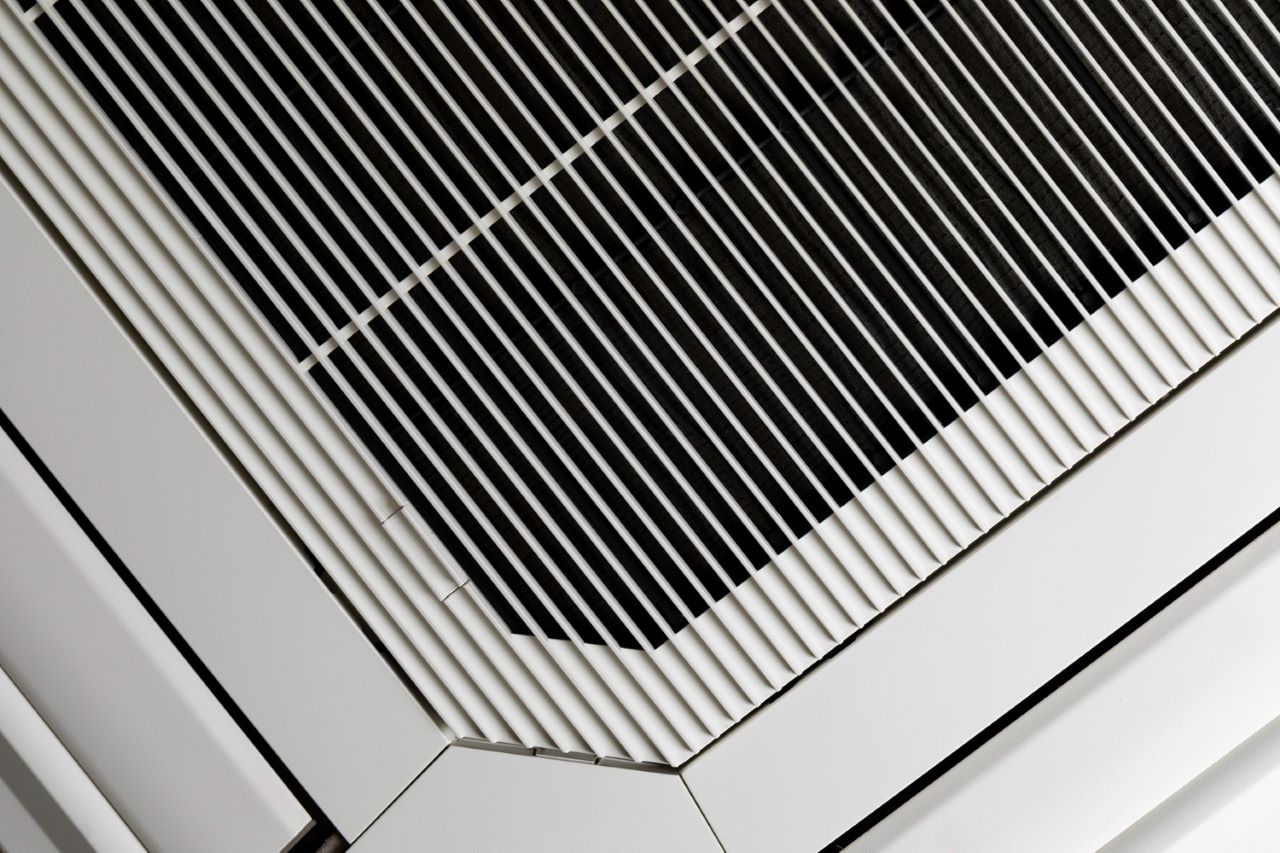
Image by Freepik
The surge in DIY projects is not without reason. Many homeowners find satisfaction in completing home improvements on their own.
- Affordability: One of the most compelling reasons to go DIY is the potential cost savings. Without the labor costs of professional installation, the overall expense can be significantly reduced.
- Personalization: DIY allows homeowners to customize the installation process according to their specific needs and preferences. Every nook and corner can be addressed to their satisfaction.
Tackling DIY Challenges
While DIY has its merits, it’s not without challenges. Some homeowners might start the installation process only to realize they’re in over their heads.
- Skill Level: Soundproofing installations, especially vent covers, require a degree of expertise. Incorrect installations can lead to compromised soundproofing effectiveness.
- Time Consumption: While professionals might get the job done in a few hours, DIY projects can stretch over days, especially for those unfamiliar with the task.
The Value of Professional Expertise
On the flip side, hiring professionals brings its own set of advantages. These are individuals who have honed their skills over countless installations.
- Precision: Professionals ensure that the vent cover fits snugly, leaving no room for gaps. This precision often translates to superior soundproofing.
- Warranty: Many professional services offer warranties on their installation, providing homeowners with peace of mind. If anything goes amiss, they’re just a call away.
Costs And Timeframes With Professionals
It’s essential to weigh the costs and potential timeframes when opting for professional installation.
- Varied Costs: Depending on the complexity of the task and the reputation of the service provider, costs can vary. On average, homeowners might spend anywhere from $100 to $500 on professional installations.
- Efficiency: What might take a weekend for a DIY approach, professionals can often complete within a day, given their expertise and tools.
The Middle Ground: DIY With Guidance
For those still torn, there’s a middle ground. Some services offer guidance for DIY installations. They provide step-by-step tutorials, often with videos, allowing homeowners to tackle the task with professional guidance.
Maintenance And Care Of Soundproof Vent Covers
Once installed, ensuring the longevity and effectiveness of your soundproof vent cover is crucial. This involves regular maintenance and care, which guarantees that your investment remains valuable for years to come.
Regular Cleaning And Dusting
Dust and debris can compromise the effectiveness of soundproofing materials over time. It’s essential to keep the covers clean to ensure optimal performance. Use a damp cloth for regular cleaning. For deeper cleans, a mild detergent can help remove stubborn grime, but always ensure the material dries thoroughly afterward.
Checking For Wear And Tear
Over time, even the best soundproof vent covers can show signs of wear. Regularly inspecting them can preempt any significant issues. Look for sagging materials, gaps, or any visible damage. These signs can hint at a decline in soundproofing effectiveness.
Replacing Aged Materials
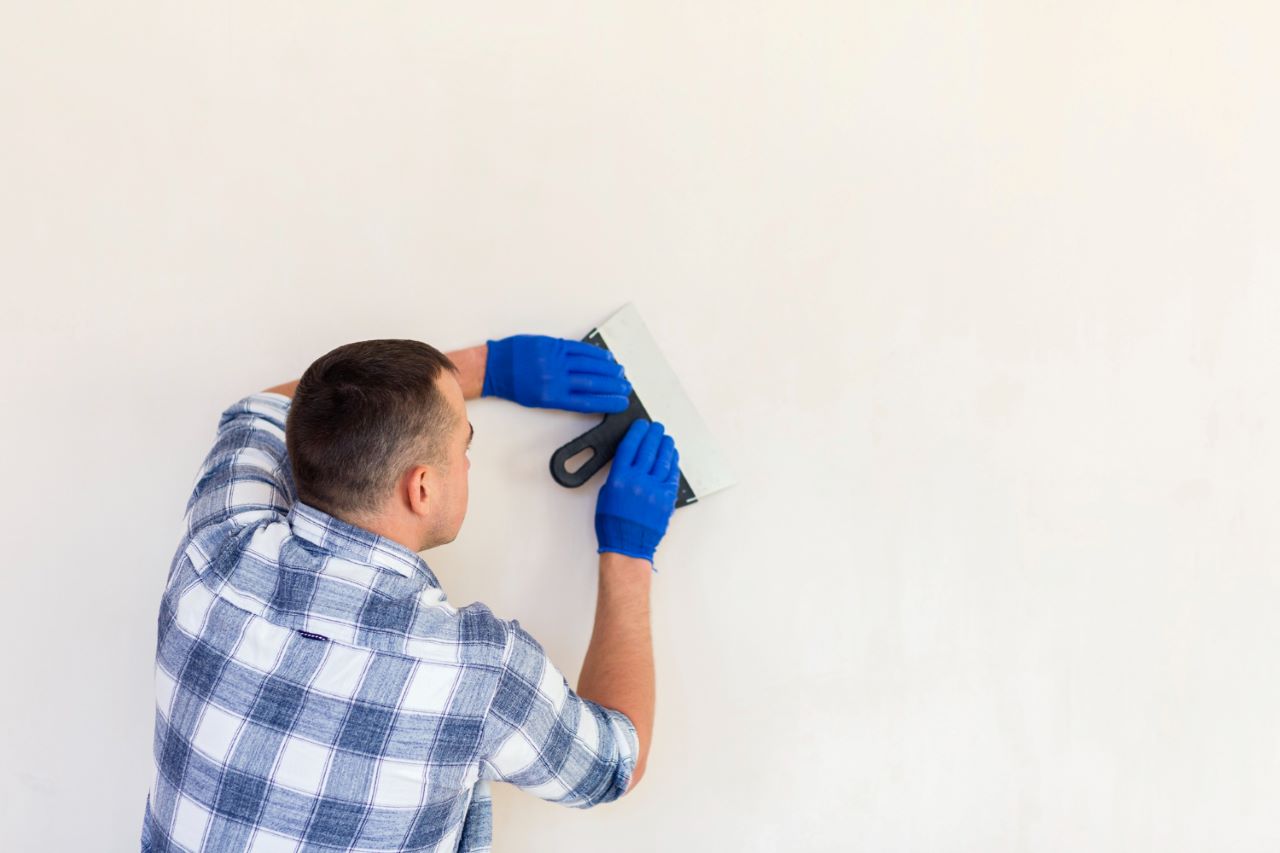
Image by Freepik
Certain soundproofing materials, like acoustic foam, might degrade over time. Being proactive about replacements ensures the vent cover remains effective. On average, high-quality acoustic foam can last up to 15 years with proper care, but environmental factors can affect its lifespan.
Addressing Moisture And Humidity
Soundproofing materials, especially organic ones, can be susceptible to mold and mildew if exposed to consistent moisture. Ensure the room has adequate ventilation. Using dehumidifiers in particularly humid areas can also help maintain the integrity of the vent cover.
Ensuring Structural Integrity
Every now and then, it’s beneficial to ensure the vent cover is firmly in place, especially if it was a DIY installation. Gently push on the vent cover to ensure it’s secure. Loose covers can become noise conduits, defeating their purpose.
Proper care and maintenance of your soundproof vent covers not only ensure a quieter living space but also add value to your investment in the long run. With these guidelines in place, your covers are bound to serve you effectively for many years.
FAQs
Can You Soundproof Air Vents?
Absolutely. Air vents, though essential for airflow and ventilation, can sometimes act as channels for unwanted noise. However, by using soundproof vent covers and employing various materials and designs dedicated to blocking or absorbing sound, you can effectively minimize the noise coming through these vents, ensuring a more peaceful environment inside your home.
How Can I Make My Vents Quieter?
Several strategies can help you achieve quieter vents:
- Selection of the Right Materials: As highlighted earlier, materials like acoustic foam or mass-loaded vinyl are excellent choices for sound absorption and blocking, respectively. Ensuring these materials fit snugly within or over the vent is vital for maximum effect.
- Ensuring Proper Installation: Whether you opt for a DIY approach or professional installation, ensuring the vent cover is installed correctly, without gaps or loose areas, is crucial. This snug fit ensures that sound doesn’t find its way in through vulnerabilities.
- Regular Maintenance: Over time, the efficiency of the vent cover can be reduced due to wear and tear or accumulation of dust. Regular cleaning and periodic checks for damage can keep the vent operating quietly and efficiently.
Do Magnetic Vent Covers Block Sound?
Magnetic vent covers are primarily designed to block air and help in directing airflow. While they can provide a barrier and might help reduce some level of noise, they aren’t specifically designed for soundproofing.
If noise reduction is a primary concern, it would be more effective to look for vent covers made of materials known for their soundproofing properties or even consider layering magnetic covers with other soundproofing measures.
How Do You Soundproof A Pass-Through Vent?
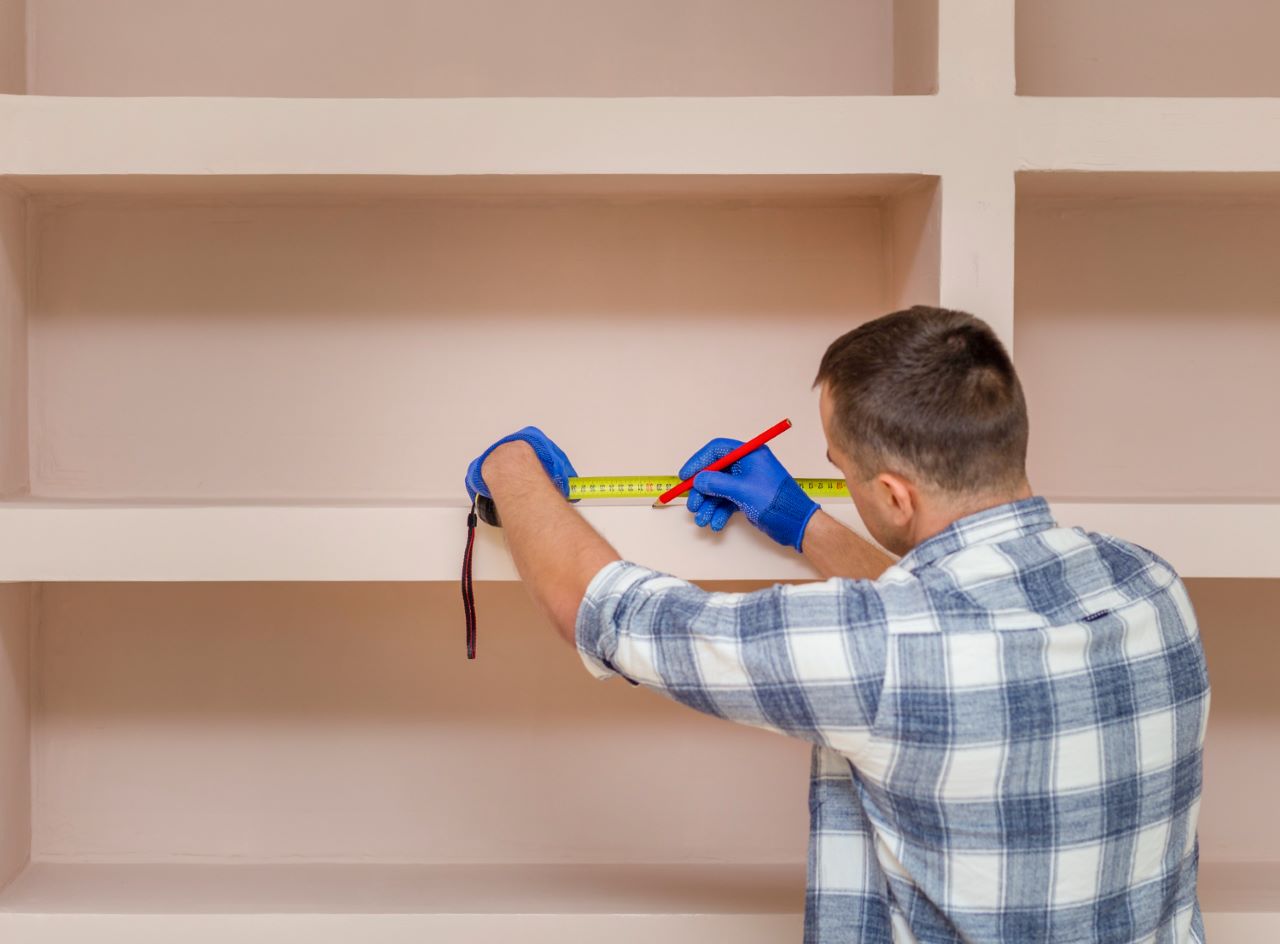
Image by Freepik
Pass-through vents, which are designed to allow airflow between rooms while blocking noise, can be a bit tricky to soundproof due to their necessity for maintaining air circulation. Here’s a simplified approach:
- Dense Materials: Consider installing dense materials, such as mass-loaded vinyl, within the vent. This material helps in blocking sound but can still allow air to pass.
- Acoustic Foam: This can be placed strategically within the vent to absorb sound waves and reduce noise transmission.
- Baffles: These can be added to create a zig-zag pattern for the air, which makes it harder for sound to pass straight through. It disrupts the direct path of sound while allowing air to flow.
- Double Wall Technique: This involves creating a secondary barrier within the vent to further reduce noise transfer. Essentially, sound will need to navigate multiple barriers before reaching the other side, which reduces its intensity.
Conclusion
After traversing the vast landscape of soundproofing vent covers, from understanding the very basics of sound waves to diving deep into installation choices, one thing stands clear: Your home’s serenity is within your grasp.
Vents, designed to promote airflow and improve indoor air quality, have the unintended side effect of being conduits for unwanted noises. Yet, with the advancements in soundproofing technology and the multitude of materials and designs at our disposal, turning these potential noise channels into bastions of silence has never been more achievable.
For those who’ve felt the urge to tackle soundproofing projects on their own, we’ve illuminated the challenges and rewards that come with the DIY territory. And for others who’d rather call in the pros, we’ve underscored the undeniable value of expertise. Regular maintenance and care, as we’ve discussed, aren’t just about prolonging the life of your soundproof vent covers. It’s about ensuring that the peace and quiet you’ve so carefully curated remain unbroken.
But beyond the technicalities and methodologies, what’s truly invaluable is the improved quality of life these solutions offer. The ability to have a conversation without raising your voice, the peace of uninterrupted sleep, or the joy of a silent moment of reflection—all made possible by soundproofing.
The journey might appear daunting at the outset, but as you’ve seen, with the right knowledge and tools, you can transform your living space into an oasis of tranquility. Here’s to quieter days and peaceful nights, all thanks to the magic of effective soundproofing!